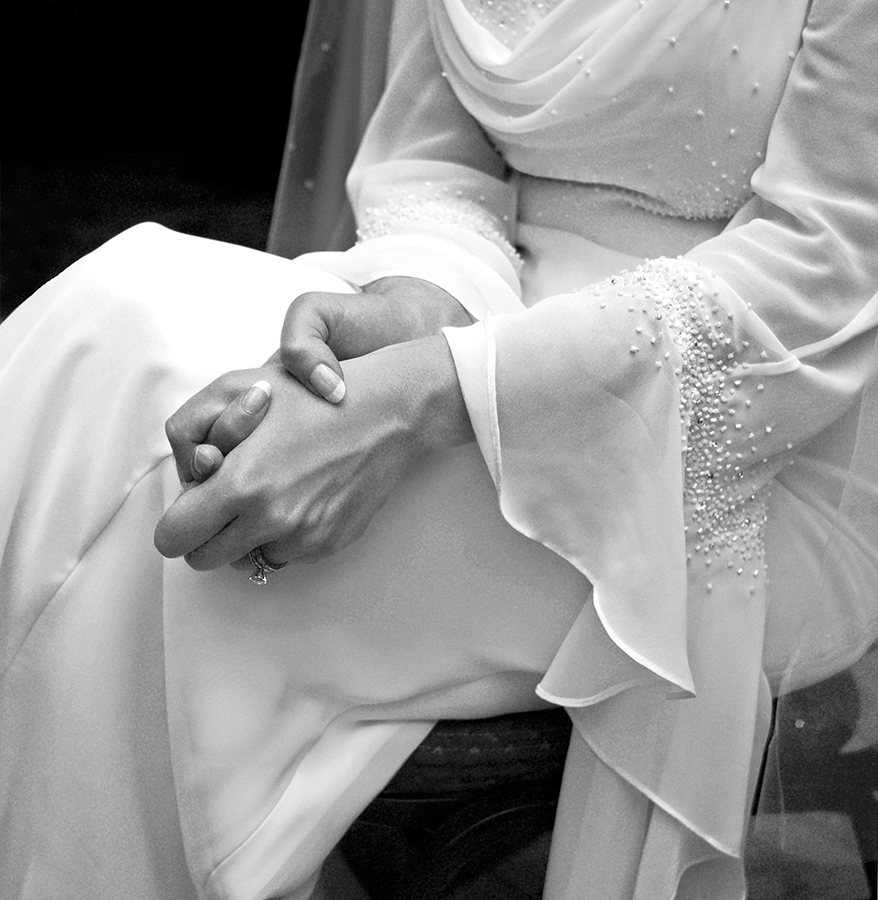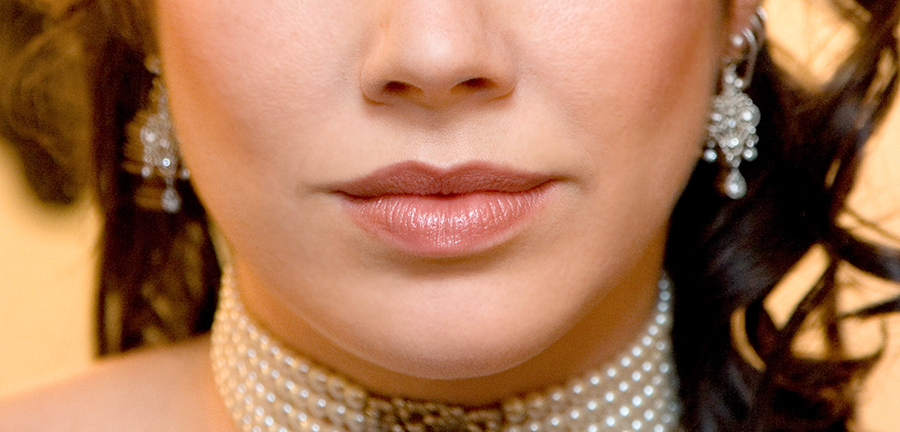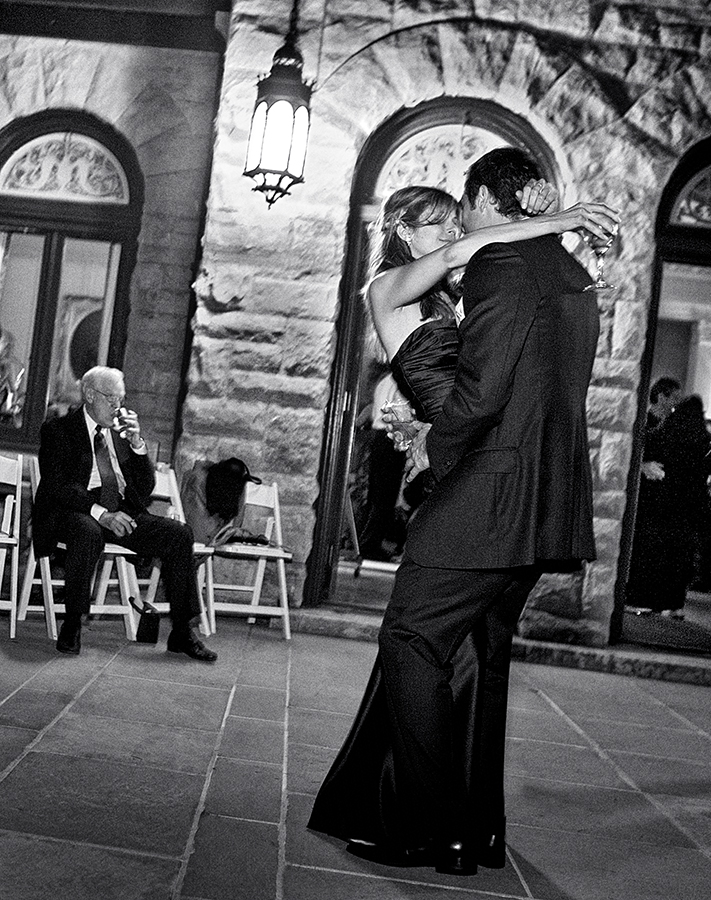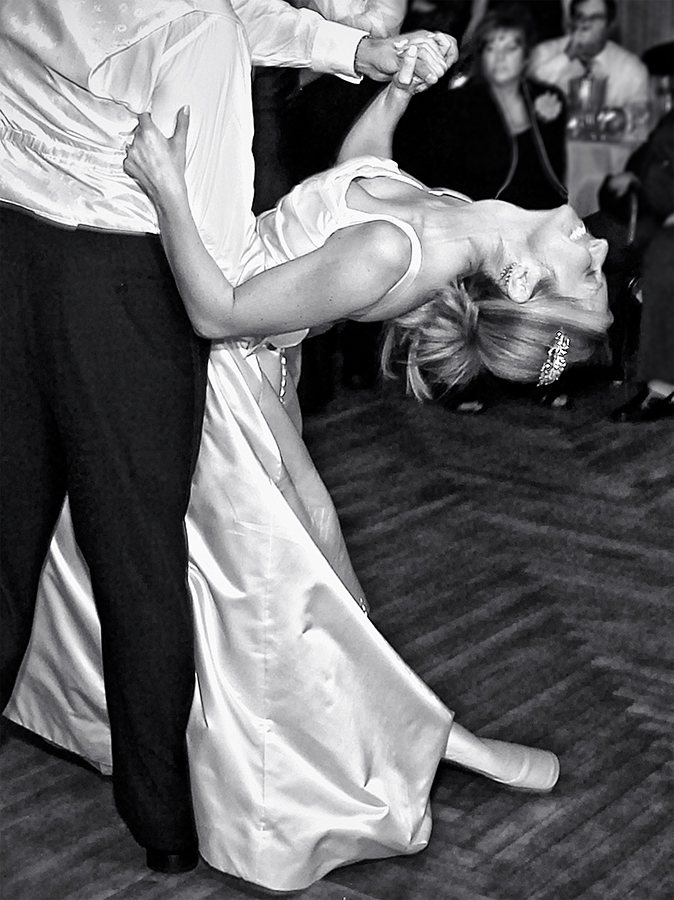- April 28, 2012 at 10:20 am #2264
It hard to generalize without some assumptions . If the scene has a fairly smooth distribution of tones ..without “hot” highlights or deep shadows ….then I favor getting it properly exposed in the camera . At higher ISO s you lose DR and may not be able to pull back even -1EV without creating too much noise in the shadows . The normal recommendation is don t underexpose at higher ISO s because you have less latitude to pull back the shadows.
This is a generalization ad I am sure there are examples that favor underexposure and pull back in post.
- April 28, 2012 at 4:29 pm #2265
There is a third option depending on the subject matter … use some flash.
I just finished a blog article on this subject, specifically referencing the S2.
It seems Leica users are inordinately against flash, and fear that “flashy” look. However, it really isn’t that hard to employ the S2 for low light photography without an obvious flash effect, once you get the hang of it.
The technique calls for use of a lower light technique known as “dragging the shutter”.
If shooting at ISO 640, f/2.5, and the shutter is 1/25th … set the camera to manual exposure mode with a shutter speed of 1/40th and use the same aperture of f/2.5 … and a SF58 set to ETTL with a modifier mounted on it to somewhat soften the light.
This way you are almost correctly exposed for the ambient, so the background gets exposed fairly well. The foreground then gets the benefit of the additional light from the flash, and the flash duration “freezes” the subject … effectively eliminating hand shake, and in many cases will also freeze subject motion. (At f/2.5 the background won’t be sharp anyway due to DOF, so any slight motion there is irrelevant).
Flash duration is how speed-lights and strobes control the level of light hitting the subject. In general, they ALWAYS fire at full power … it is how long they stay on that determines proper TTL exposure. The less additional light you need, the faster the duration is … so by letting in more ambient with a slower shutter speed, the duration of the flash becomes shorter. For example, a typical speed-light that only requires about 1/2 its full duration is 1/1000 of a second. At 1/8th its full duration, it is 1/3,700 of a second!
Try it, it’s less disruptive than you may think … the amount of flash is pretty low compared to shooting at 1/125th and making the flash work harder to light the subject.
Again, depends on the subject matter, but this is a viable way to extend the S2 beyond its ISO limitations, and get very nicely exposed images.
Here are some extreme examples using different cameras, but the concept is the same regardless of camera. I chose shots done using low ISOs and very slow shutter speeds … dragging the shutter to simulate using the S2 at low ISOs to keep the noise low.
Color Lips shot: ISO 500 @ 1/25 shutter; Bride being dipped: ISO 200 @ 1/25th; Hands: ISO 200 @ 1/20th, outdoor couple dancing: ISO 100 @ 1/15th. All used flash combined with “dragging the shutter” to shoot where it would have been impossible to do using just ambient.
Marc
- May 1, 2012 at 1:37 am #2266
fotografz;2167 wrote: There is a third option depending on the subject matter … use some flash.
I just finished a blog article on this subject, specifically referencing the S2.
It seems Leica users are inordinately against flash, and fear that “flashy” look. However, it really isn’t that hard to employ the S2 for low light photography without an obvious flash effect, once you get the hang of it.
The technique calls for use of a lower light technique known as “dragging the shutter”.
If shooting at ISO 640, f/2.5, and the shutter is 1/25th … set the camera to manual exposure mode with a shutter speed of 1/40th and use the same aperture of f/2.5 … and a SF58 set to ETTL with a modifier mounted on it to somewhat soften the light.
This way you are almost correctly exposed for the ambient, so the background gets exposed fairly well. The foreground then gets the benefit of the additional light from the flash, and the flash duration “freezes” the subject … effectively eliminating hand shake, and in many cases will also freeze subject motion. (At f/2.5 the background won’t be sharp anyway due to DOF, so any slight motion there is irrelevant).
Flash duration is how speed-lights and strobes control the level of light hitting the subject. In general, they ALWAYS fire at full power … it is how long they stay on that determines proper TTL exposure. The less additional light you need, the faster the duration is … so by letting in more ambient with a slower shutter speed, the duration of the flash becomes shorter. For example, a typical speed-light that only requires about 1/2 its full duration is 1/1000 of a second. At 1/8th its full duration, it is 1/3,700 of a second!
Try it, it’s less disruptive than you may think … the amount of flash is pretty low compared to shooting at 1/125th and making the flash work harder to light the subject.
Again, depends on the subject matter, but this is a viable way to extend the S2 beyond its ISO limitations, and get very nicely exposed images.
Here are some extreme examples using different cameras, but the concept is the same regardless of camera. I chose shots done using low ISOs and very slow shutter speeds … dragging the shutter to simulate using the S2 at low ISOs to keep the noise low.
Color Lips shot: ISO 500 @ 1/25 shutter; Bride being dipped: ISO 200 @ 1/25th; Hands: ISO 200 @ 1/20th, outdoor couple dancing: ISO 100 @ 1/15th. All used flash combined with “dragging the shutter” to shoot where it would have been impossible to do using just ambient.
Marc
Nice write up and thanks Marc! I agree that using flash will solve the problem and I’m not particularly against flash, which is often a must if one doesn’t want to miss any critical shot. However sometimes you just want to relax a bit and do not add further weight to the S2:)
For the 70mm, I found that another way can be used to get the shot when small light/tripod is not available: it’s mirror lock up when handheld. Yes it sounds silly and it’s def harder to frame but after 1 or 2 tries you’re very likely to get a sharp photo even at 1/30.
You must be logged in to reply to this topic.





